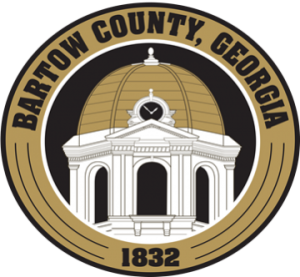Over the last two years, we’ve received a number of calls from local clients concerning landscape trees that have a lot of branch dieback. Black twig borers or other ambrosia beetles are often involved in these cases. Stunted or delayed leaf development and rapid wilting in the spring are classic symptoms of these borers. They generally attack and kill branches that are less than 1” in diameter. Younger trees that have smaller branches are often more severely damaged.
We’re probably seeing a lot more activity this year and last year because of the mild winter weather. Black twig borers don’t discriminate when it comes to attacking trees that are stressed or perfectly healthy. Most other borers tend to target those trees that are already stressed or injured. Trees that are heavily pruned are sometimes more attractive to twig borers and other ambrosia beetles.
Black twig borers can attack over 200 tree species, but are more commonly found on flowering dogwood, redbud, Japanese maples, red maples, magnolias, and willows. The black twig borer is an invasive species from Southeast Asia, but has been established in Georgia and neighboring states since the 1940’s.
Although these are not a new pest, they do seem to come and go in cycles. From my observations, they tend to be more active during years that follow a warm winter. The adult beetles can survive the winter inside infested twigs and small branches, which usually doesn’t provide much protection during colder winters.
Black twig borers are a type of scolytid beetle that are shiny black and about as small as the tip of a sharp pencil. Their entrance holes are usually found on the undersides of twigs and small branches. These twigs will rapidly die from the point of infestation outward. Secondarily, the beetles introduce an ambrosia fungus inside the branches that is visible as dark staining inside the center pith wood. This fungus can progress into cankers that clog the flow of water inside the branches.
Wilting of twigs or branches is often visible within a couple weeks after the beetles infest them. Adult beetles are most active in the early spring and emerge around the same time that dogwood trees bloom. If just small branches are dying, it’s probably not a major concern for the tree.
If only a few branches are attacked, then pruning out the affect branches is recommended to limit the spread of the beetles. These branches should be burned, shredded, or disposed in a landfill. Be sure to prune branches at least a few inches below the symptoms of dieback to remove any fungal cankers as well. If you see any dark brown staining in the center of the branch, keep cutting until you find healthy wood.
Once a tree is infested, the beetles cannot be controlled with contact or systemic pesticides. Fungicides are also ineffective against the ambrosia fungus. Spraying the tree with products that contain bifenthrin or permethrin after the infested branches are pruned out may help guard against further attacks during the spring. These products act more like a repellent and can also be sprayed in late February or early March as a preventive measure on young trees that are feasible to spray. This is also a good strategy in areas that had infestations the previous year followed by a mild winter.
Trees generally become less attractive to beetle attacks by the time their new leaves are fully expanded in early summer. Good tree care practices such as adding 3” to 4” inches of mulch over the root zone and providing supplemental water during drought can help aid the recovery of trees from black twig borer damage.
###
Paul Pugliese is the Extension Coordinator and Agricultural & Natural Resources Agent for Bartow County Cooperative Extension, a partnership of The University of Georgia, The U.S. Department of Agriculture, and Bartow County. For more information and free farm, lawn, or garden publications, call (770) 387-5142 or visit our local website at ugaextension.org/bartow.
